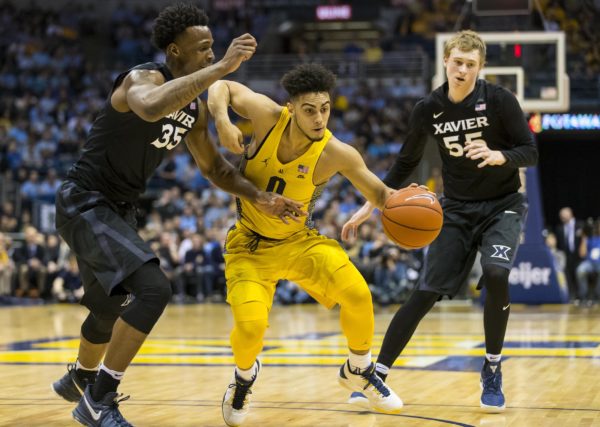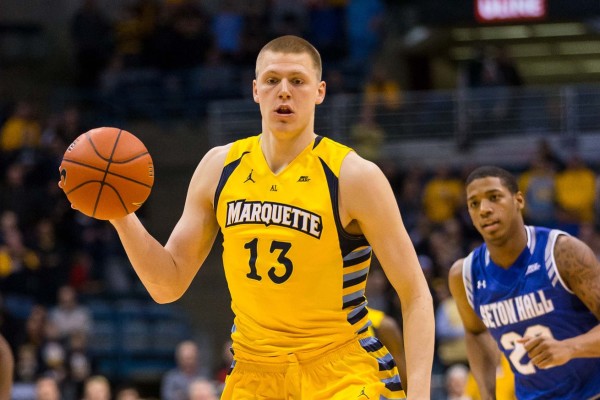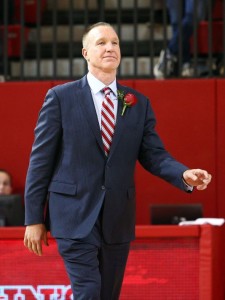Big East Key Questions: Marquette and Providence
Posted by Brad Cavallaro on October 30th, 2019Marquette: Will a stylistic change pay off for the Golden Eagles?
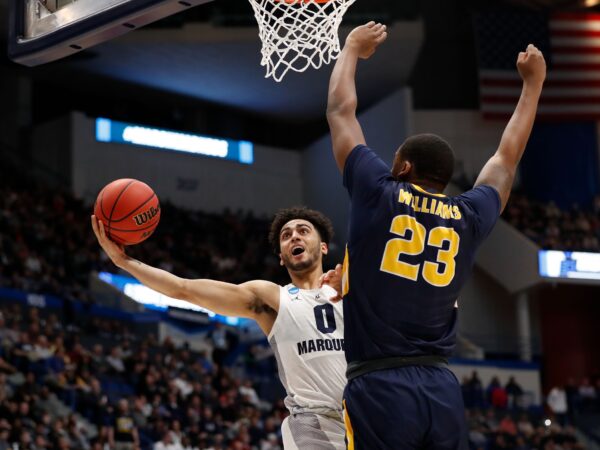
Marquette was gaining traction as a potential elite team for the upcoming season once All-America guard Markus Howard removed his name from the NBA Draft. That is, until two of the most shocking transfer decisions in recent memory grinded those premature expectations and optimism to a halt. Without the Hauser brothers returning (they have since transferred to Virginia and Michigan State), an immediate reaction was to bury Marquette. The pair were absolutely integral to the spacing and three-point shooting that made opposing defenses fear the Golden Eagles’ potent offense. As the offseason progressed, however, Marquette slowly looked more favorable and even appeared in some Top 25 polls.
Marquette could plausibly repeat last year’s performance and warrant such preseason recognition, but there is no debate that this year’s team will bear little resemblance to a lineup that was loaded with long-range threats a year ago. As a result, few teams will undergo as drastic a stylistic change in one offseason. The Golden Eagles’ identity has now pivoted toward length, athleticism, and a possible two-big lineup.
Surprisingly, head coach Steve Wojciechowski did not chase a shot-making wing or stretch power forward to replace the Hausers. They will be instead replaced with scoring combo-guard Koby McEwen and versatile forward Brendan Bailey. McEwen averaged 15.6 PPG and 3.2 APG for Utah State two seasons ago and is known for his ability to attack the basket. Bailey averaged 3.2 PPG as a freshman and will need to make a major leap. The 6’8’’ forward shot a paltry 25 percent from three-point range, but that number should increase considerably as he becomes more comfortable.
Almost as surprising as the Hauser brothers leaving was the addition of Jayce Johnson to the roster. Johnson was a starting center at Utah and turned down numerous starting opportunities to become the backup at Marquette. That is how the graduate transfer logically fits on this roster, but Wojciechowski mentioned playing the big man alongside Theo John in what would undoubtedly be a disaster with neither player scoring outside the paint. Pairing Ed Morrow with either traditional center would be more palatable, but it would still be a stark contrast from the incredible shooting and spacing Marquette enjoyed last year.
Despite all these changes, Marquette still returns the anchor of its offense in Howard and the anchor of its defense in John. Sacar Anim has excelled as a glue guy and perimeter defender and can now show his full offensive arsenal. These three veterans will raise Marquette’s floor considerably, even if its new identity flops. As long as they stay away (far away) from playing John and Johnson together and emphasize their increased length and athleticism, Marquette should plan to return to the NCAA Tournament.
Providence: Will an upgrade at point guard be enough to save Providence’s struggling offense?
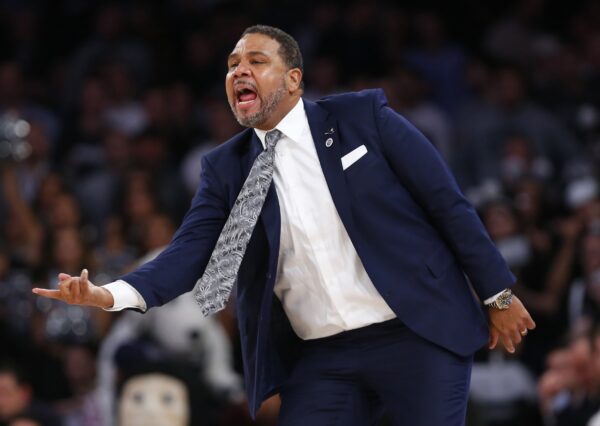
Providence missed the NCAA Tournament for the first time since 2013 last season despite owning a talented roster filled with several former top recruits and numerous proven Big East players. The reason was very simple — the Friars could not score. Ed Cooley‘s offense ranked 164th in KenPom (eighth-worst high-major team); it was 257th in three-point percentage, 275th in two point percentage, and even struggled to convert free throws (235th).
While it may look like shooting the ball was the Friars’ biggest issue, point guard play was the root cause of these offensive deficiencies. Providence lacked someone who could consistently create his own shot during shot-clock situations and generate easy opportunities for his teammates. Cooley rotated through all of his lead guards at one time or another, but none were able to separate themselves and consistently deliver suitable results.
David Duke made an immediate defensive impact but looked extremely uncomfortable running the team. He had trouble creating shots and fared much better when he was eventually moved off the ball. Maliek White showed flashes of being the answer at point guard, but was too inconsistent to be permanently given the reins. Makai Ashton Langford was just plain ineffective. Even Alpha Diallo’s game grew increasingly sloppy and inefficient when trying to be the team’s lead offensive creator.
No team relies on its point guard more than Providence. Per Jordan Sperber, Cooley’s lead guards have the highest assist rate in college basketball, which speaks to the enormous responsibility of being slotted in that position. Fortunately, Providence struck gold with its inaugural dive into the graduate transfer market by landing Luwane Pipkins. The dynamic guard will certainly inject offense into the lineup, but at what cost? Last year’s team had enough talent to play in a lesser postseason tournament (NIT or CBI), but instead cratered to become Massachusetts’ worst team of the KenPom era (dating back to 1997).
The hope is that Pipkins can be the missing piece to an already talented roster. If he can create open threes for AJ Reeves, ease some of the offensive burden off of Diallo, and find Nate Watson more easy opportunities around the basket, this Providence offense could flourish. When you throw in a potential breakout candidate in Duke, a possible return to form from Emmitt Holt, and a deep veteran bench, you can really see some upside. If the Friars can integrate Pipkins and maintain their stellar defense, the sky is the limit this season for Providence.





























